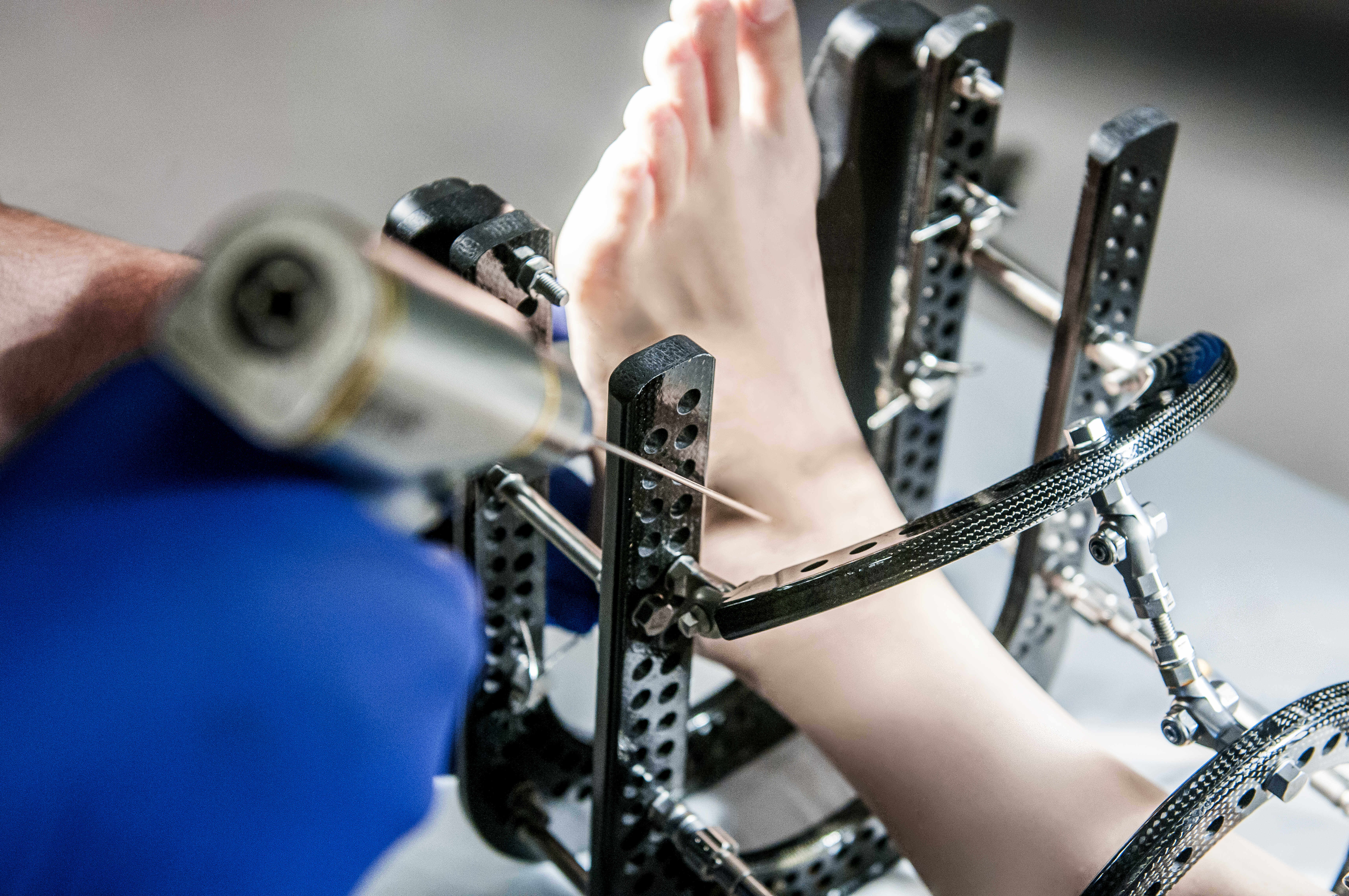
What Is a Bunion? Oxnard & Northridge
A bunion (also referred to as hallux valgus or hallux abducto valgus) is often described as a bump on the side of the big toe. But a bunion is more than that. The visible bump actually reflects changes in the bony framework of the front part of the foot. The big toe leans toward the second toe, rather than pointing straight ahead.
The bony bump on the side of the big toe is caused by one or more bones on the side of the foot being pushed out into a slightly inward position. This causes a bump on the side of the big toe which may then cause pain.
Bunions are usually caused by abnormal growth and development of bones in your foot. These changes can occur at any age, but most often occur after adolescence.
The reason bunions are common in people over 30 is because bones continue to grow and change throughout life, especially during puberty. So it’s not unusual for people to develop bunions as they get older, especially if they have other medical problems that affect their feet.
What Causes Bunions?
Bunions develop when one or more bones in your foot become too long and narrow during growth spurts as you get older. The changes in your foot can be caused by abnormal growth of bone tissue or abnormal pressure on these bones from other parts of your body or from the ground below you (known as metatarsus adductus). Either way, a bunion develops when one or more of these bones get pushed out into an inward position relative to each other and thus hurt when you walk, stand, jump and run.



